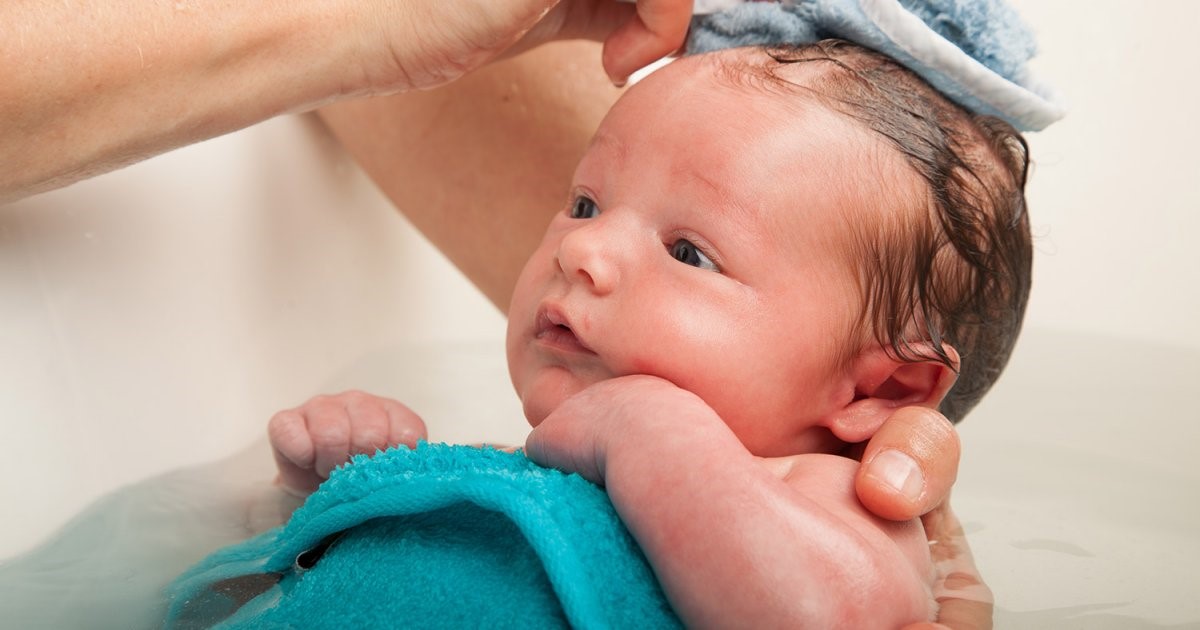The toilet: Moment of exchange between parents and the child
Your baby is not as FRAGILE as you usually think, but you have to take a few precautions to keep him comfortable so that he feels at ease. Whether you hold him straight or horizontally, you will support the baby’s head and you will always have a hand under his little buttocks: he will feel safe in his body, in his movements.
In most maternity wards, the baby is bathed either at birth or within hours. It is therefore possible to give the bath at the return home.
Toiletries
To give your little baby the bath, the most practical is to use a special bath for baby. You will also need for his toilet the following items and products:
* Gel soap perfume or coloring FREE. You can choose the same product for the body and face. For the first few months choose a special BABY product. In case of particularly sensitive or dry skin, there are gels and cleansing bars soap-free.
* Cream for the seat.
* An antiseptic to clean the cord.
* Physiological serum.
* Moisturizing cream without perfume.
* Cotton.
* Wipes are handy for baby’s toilet seat when you move. Prefer those without fragrance. At home, use water and soap, prolonged and repeated use of wipes is not recommended for babies with fragile skin.
* A bath thermometer.
* Two or three washcloths (of course, do not use the same glove for the seat and for the rest of the body).
* Two towels-sponges large enough to wrap your baby when he comes out of his bath, or sponge bath burnous.
* A pair of small special scissors to cut the nails.
* A hairbrush.
* A medical thermometer to use if you find that your baby grumpy
The Umbilical Care
At birth, the doctor or midwife cuts the umbilical cord and the ligature, the half-centimeter remaining attached to the baby takes about 7 days to dry out, leaving a small wound, umbilicus or navel, Takes a few days to heal: for 24 or 48 hours the umbilicus is a little damp, but after a week maximum; It is perfectly dry.
Clean gently with an antiseptic, moist cord base if necessary by pulling it lightly.
Any prolonged sweating, redness of the umbilicus and around the umbilicus, any unusual odor; any long healing to be done should be reported to the pediatrician.
Daily Baby Changes
The skin of the newborn is thin and fragile, it is full of small folds, sweat and rubbing can irritate it, so it is important that it be clean well-dried with every change.
Change the baby at each meal;
Change it also if you think it has become dirty because the stools are irritating to the skin.
To clean the buttocks of your baby: if necessary remove the stools with tissues or wipes; then clean the seat and thighs with water and soap (with a glove or cotton) from the front and back, rinse.
When the buttocks are clean, if necessary, put a thick layer of ointment for the seat (type paste with water …)
Frequent changes are the best prevention of red buttocks.


